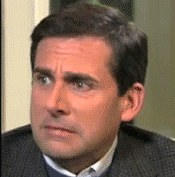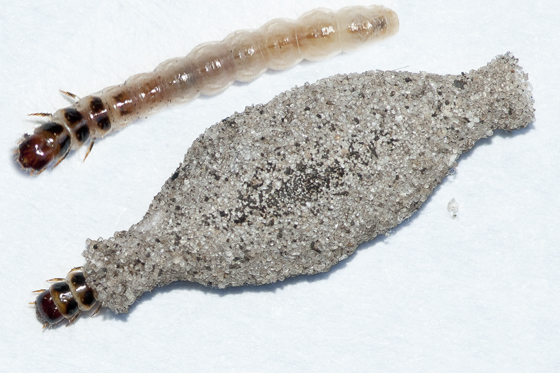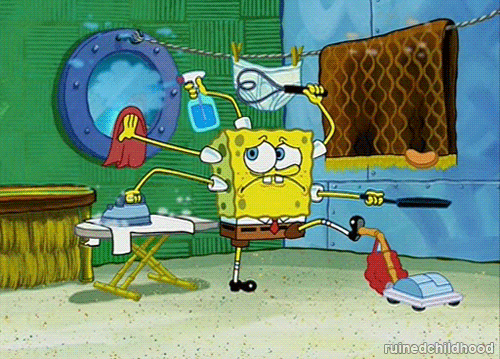Ever Seen This White Thingy Lurking On The Walls Of Your Home And Wondered "WTF Is This?"
Ewww.
Ever since I moved to Kuala Lumpur, I've always noticed this little white sack thingy hanging on the walls of my apartment and sometimes in crevices of the door frames.
It never bothered me until the day I saw one of them MOVE.
Upon closer inspection, I realised that it could sense my presence and hid back in its sack. After awhile, it then popped its head back out the other side.
I found out they are called plaster bagworms
A plaster bagworm is also known as the "household case bearer". They are the larvae of a species of moth called the Phereoeca allutella.
The moths are similar in appearance and closely related to clothes moths.
The plaster bagworms live in flattened, gray, watermelon seed-shaped cases measuring about 1.3cm long
According to this pest management site Larue, the case that they live in is constructed of silk fibre, sand particles, lint, paint fragments, and other debris.
The case has a slit-like opening at each end, and the larva is able stick its head out to move around and feed from either end.
They are found in places with warm, humid climates
According to the University of Florida, the plaster bagworm requires the high humidity to complete its development.
They have been recorded being seen in other highly humid places such as Hawaii, Panama, Sri Lanka, India, and Singapore.
Plaster bagworms are not dangerous... but they are damaging
They enjoy feeding on clothing, rugs, and any kind of fabric made of natural fibers, such as silk and wool.
They also feed on spiderwebs, pet dander, shed human hair, dead insects, and the discarded larval cases of members of its own species.
So, if you see one, you better get rid of it to avoid an infestation
As mentioned by this pest control guide by SFGate:
- Don't be afraid to hand-pick the larvae casings you discover on the walls. Dispose of them as you wish. I personally pick them up with a tissue and flush them down the toilet because I'm scared they will crawl back out of the rubbish bin.
- Spring clean! Thoroughly and regularly vacuum all the rooms and spaces you think accumulate their food sources which are spiderwebs, hair, and all that.
- Run an air conditioner or dehumidifier in the room to decrease humidity. Bagworms thrive only in high-humidity environments.
- Close cracks and crevices in the wall. You can do that with caulk or drywall compound to prevent both larvae or full-grown moths from entering.
- Remove natural fibre rugs and other fabrics from the room, if possible. As mentioned, bagworms are especially fond of wool.
In summary, regular housecleaning, humidity control, and getting rid of their food sources should keep the insects off your walls and out of your home!






